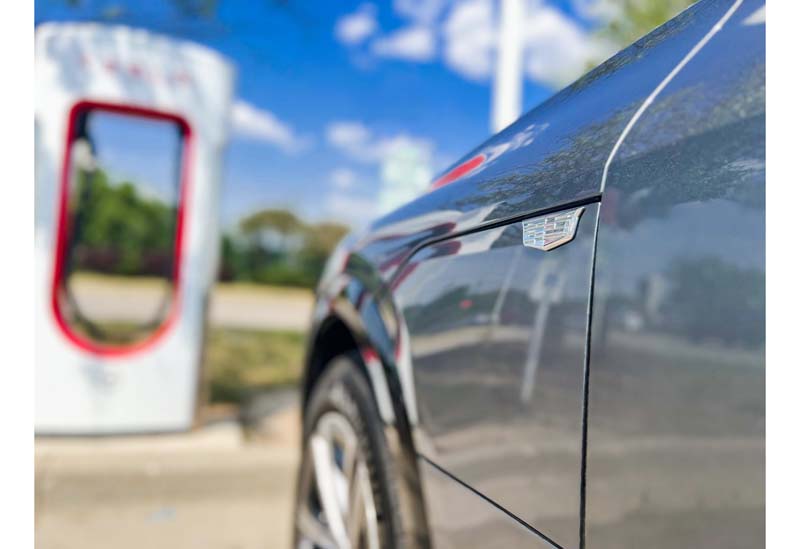The Biden administration just dropped a hefty $623 million in grant money to jumpstart EV charging infrastructure across the U.S. Their aim – to juice up construction of 7,500 public charging ports from coast to coast. Not too shabby, Joe! But the question remains – is it enough to electrify automakers and get them fully on board the battery-powered bandwagon?
This chunk of change comes courtesy of the infrastructure bill’s Charging and Fueling Infrastructure program. The goal is filling in charging deserts so more drivers feel confident cruising their Teslas, Bolts, and Mustang Mach-Es between states. No more range anxiety! But will legacy automakers view it as a catalyst to go all in on EVs?
You see, transitioning to electric ain’t cheap, especially for old school carmakers wedded to the internal combustion engine. Redesigning vehicle platforms and building out battery supply chains requires heavy investments. And then there’s the whole issue of making EVs profitable when batteries remain cost prohibitive.
While early adopters love their Teslas, convincing average Joe to go electric en masse requires two things: battery prices dropping and chargers becoming as convenient as gas stations. $623 million tackles the latter, aiming to prove the charging infrastructure is falling into place. But will the money attract enough private capital to achieve economies of scale and make EVs truly mainstream?
So while Biden’s carrot goes a long way to building public charging infrastructure, the private sector must take the baton and run. Only large, sustained investments can make EVs cost competitive for the masses.
